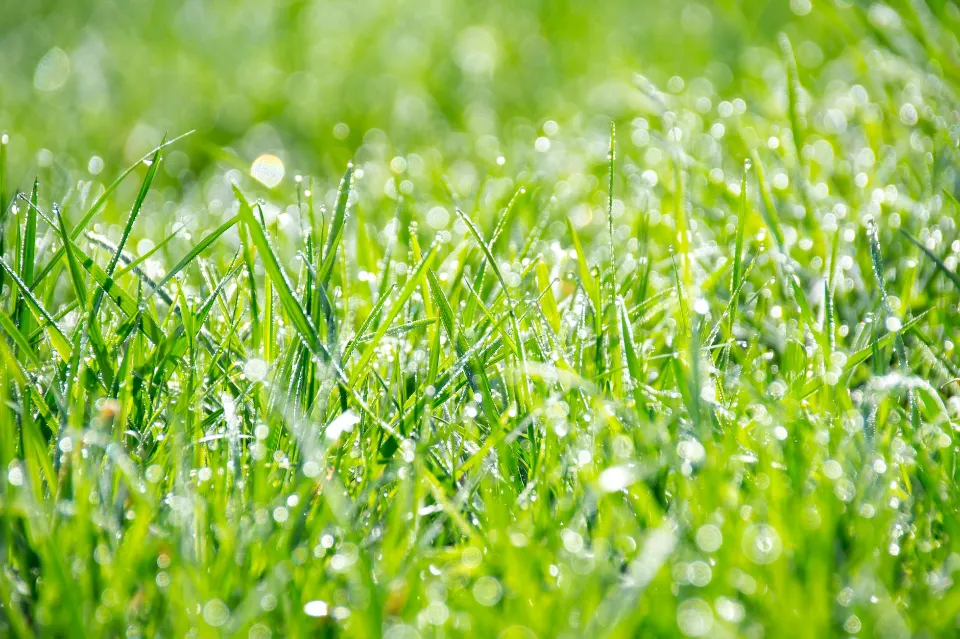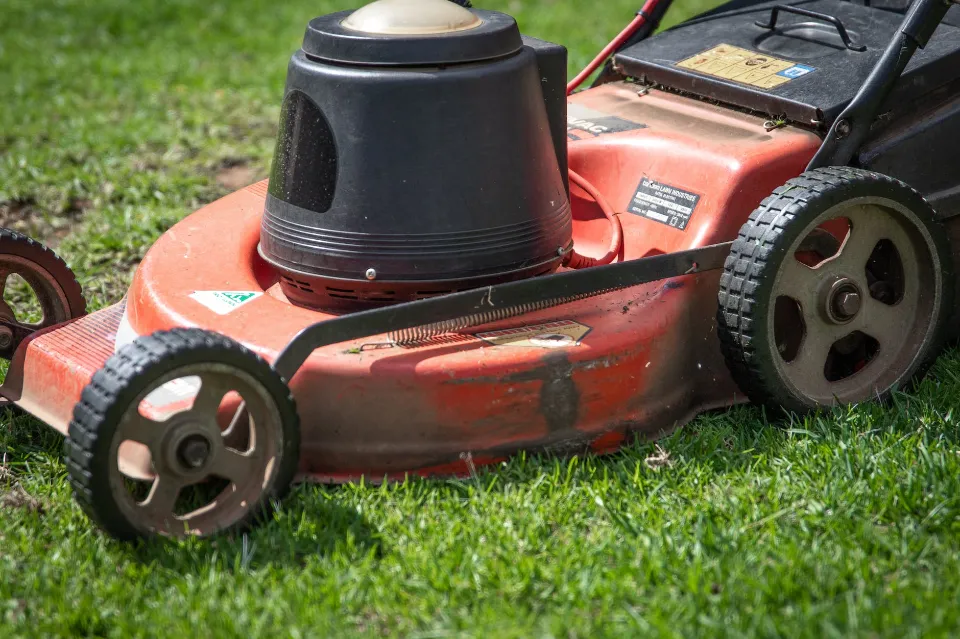Spring means more daylight and warmer temperatures. This is the weather your grass has been longing for after a chilly winter. You can use the temperature as a guide if you’re unsure of when to give your baby their first feeding. In an ideal world, the temperature of the ground would be around 55 degrees. Depending on where you live, the ideal time to fertilize your lawn is from March to April. Additionally, whether from rain or a sprinkler, it’s best if your yard is watered a few days prior to fertilizer application.
Normally, you should fertilize your lawn every 6 to 8 weeks because as it grows and is cut, the soil’s nutrients are depleted and must be replenished.
Now that you are aware that spring is the ideal time to fertilize your lawn, read on for some additional advice to keep your grass healthy.
Also Read: How Often Should You Apply Sulfur to Lawn – 2023 Guide
How Often You Should Apply Fertilizer to Your Lawn
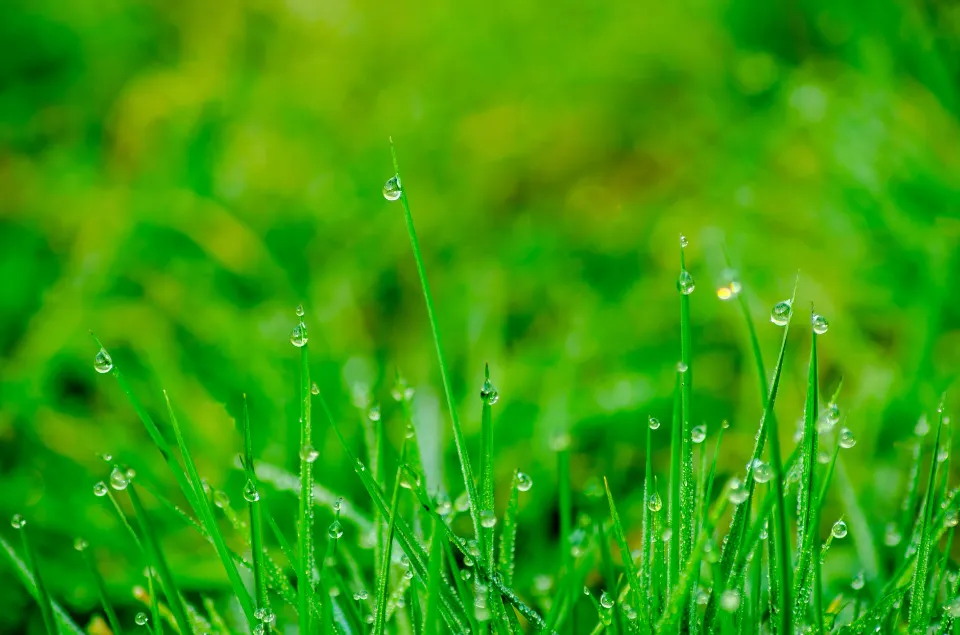
Even though fertilizer has advantages, you shouldn’t use too much of it. At least five to six full feedings are advised annually. When your lawn is growing the quickest, you should feed it. However, you should consider your climate and the kind of grass you have when determining the frequency. For instance, late spring fertilization for cool season grasses is possible, but only if required.
Warm-season fescues, such as Bermuda grass and St. Springtime fertilization is recommended for buffalo grass, zoysia, centipede, and ajuga. Aim to reapply your fertilizer every 6 to 8 weeks, depending on how much water your grass receives. Keep a close eye on your grass. The feeding can probably be skipped if it appears thick and green. Treat your lawn with care if it begins to turn brown or black.
Why Lawn Fertilization is Important
Lawn fertilizers are made of the three major nutrients nitrogen (N), phosphorous (P), and potassium (K) in various combinations and concentrations. The proportion of nitrogen in lawn fertilizer is always at its highest because it is the essential nutrient for leaf growth. Potassium aids in water and nutrient absorption, and phosphorus is essential for root development, but their ratios are always lower because most soils already contain enough or a majority of those two nutrients.
How Soon You Can Fertilize After Seeding Your Lawn
It’s not always after seeding that you should apply fertilizer—the best time to fertilize is right before or during the seeding process. Use a starter fertilizer that contains quick-release nitrogen to give the seeds an added nutritional boost. When you make fertilizer a part of the seeding process, your grass will grow quicker and is more likely to end up healthy and lush.
How Much and Which Fertilizer to Use
Three types of lawn fertilizers are available: slow-release granular, liquid water-soluble, organic, and synthetic. Because it feeds and releases nitrogen into the grass gradually over several months, granular slow-release fertilizer is typically the best choice.
As a general guideline, apply no more than one pound of nitrogen per 1,000 square feet of lawn in a single application of fertilizer. How this translates into the exact fertilizer amount depends on the percentage of nitrogen in the fertilizer. The amount of fertilizer required will be lower if you use a fertilizer with a high nitrogen content, such as 30-0-4, as opposed to 24-0-5. The fertilizer label’s instructions should always be followed.
Performing a soil test in a specialized laboratory (you can get one from your local Extension Office) is the only way to know for sure how much fertilizer your lawn needs. Everything else is just a matter of guesswork, and using too much fertilizer may actually harm your lawn more than using none at all. Being a minimalist is the best course of action to prevent issues from occurring in the first place, even though you can fix an overfertilized lawn in the absence of a soil test.
Best Fertilizers to Use
Slow-release fertilizers work best. The grass will turn green without expanding excessively when you use slow release fertilizers. In the spring, mixtures of 20-5-10 (nitrogen, phosphate, and potassium) are suitable to use. You can also perform a soil pH test before you start the process. The mixture can then be developed based on your findings. For instance, you can search for a combination that falls into a lower category if your pH tests show high potassium results.
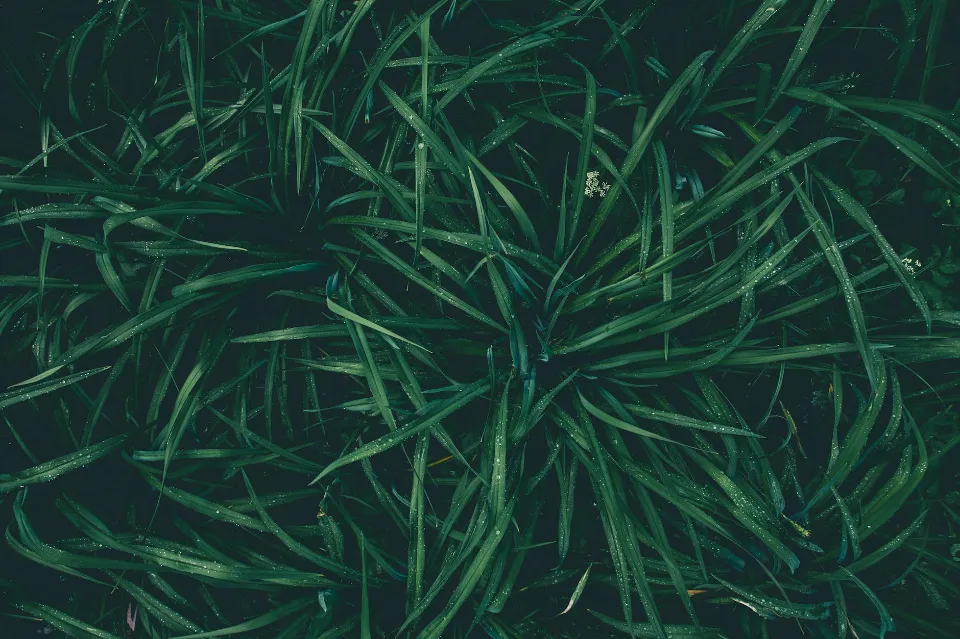
How to Apply Fertilizer to Your Lawn
Both liquid and granulated lawn fertilizers are available for purchase.
The main use of this is to choose the fertilizer application method. The distinction in organic fertilizers is based on the ingredients that make up the fertilizer. Corn grain meal based fertilizers are typically granular, while fish emulsions are liquid.
There are both kinds of synthetic fertilizers.
Granular fertilizers, generally speaking, are simpler to apply for homeowners.
Hiring a professional company like TruGreen or a nearby alternative to apply liquid fertilizer is easier.
A liquid fertilizer is more difficult to measure out and ensure even application of. Professional services do that regularly and understand how to apply it.
Granular fertilizer is easily applied with a spreader. For under $40, you can purchase a small broadcast spreader locally or online at Amazon.com.
Using a spreader is easy – fill the hopper up on pavement, then walk the spreader across your yard.
Use an edge-guard to keep the material in your grass as you work your way out from the edge. After that, continue until your entire yard is covered.
Spread it out initially more slowly than is advised. This ensures that you don’t over-add and ruin your yard or spend money.
To avoid having any granules land in your yard, make sure to sweep them off the pavement. If they are allowed to wash into storm drains after being left on pavement, they may harm the environment.
Don’t apply if rain is expected; rather, wait until after a significant downpour or watering. You don’t want the rain to wash away your hard work and money.
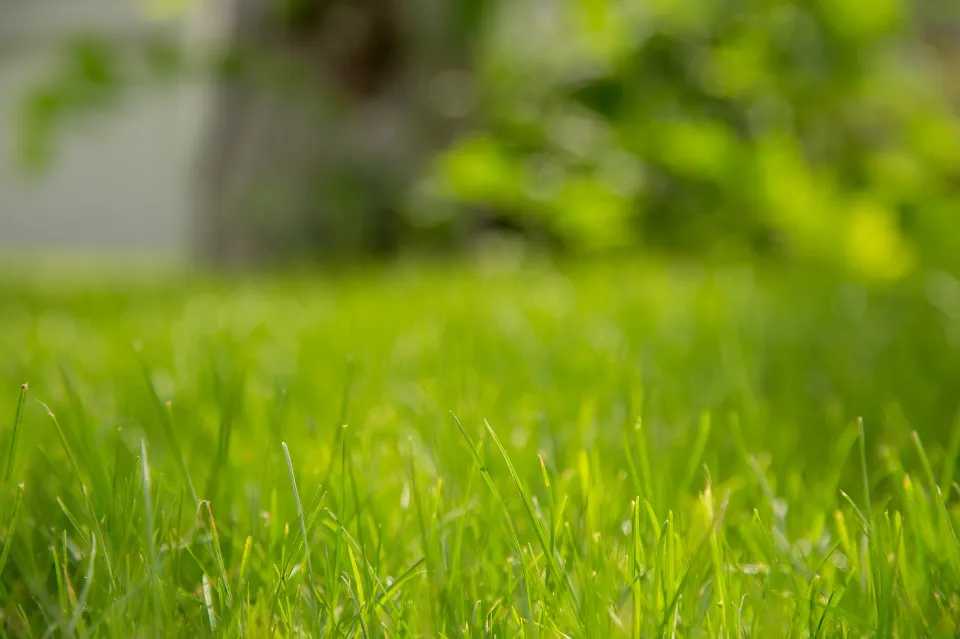
Fertilization of Warm-Season Vs. Cool-Season Grasses
Grass type determines how frequently and when to fertilize.
Cool-Season Grasses
For colder climates, cool-season grasses include Kentucky bluegrass, perennial ryegrass, fine fescue, and tall fescue. The spring and fall are the coolest seasons when they grow the fastest. Usually, two times a year, these grasses receive fertilizer.
Give cool-season grasses until late spring to grow and stock up on carbohydrates after they emerge from their winter dormancy in the spring. Before the summer heat takes hold, apply slow-release fertilizer.
Cool-season grasses enter a state of frugality in the summer, and fertilizing at that time would be wasteful, harmful, and detrimental to the grass.
Early to mid-fall or late summer should be used for the second fertilization. Unlike the spring application, which is meant to boost vigorous leaf growth, the fall fertilization is done to strengthen the root system. Time it early enough so that the grass still has a few weeks of active growth left before hard frost begins its dormancy. This fall application might make it unnecessary to fertilize the following spring but again, only a soil test will tell you if your lawn needs fertilization and how much.
Warm-Season Grasses
Warm-season grass species like Bermudagrass, Buffalograss, Centipedegrass, and St. Warm weather is when Augustine grass and zoysia grass grow the fastest. Usually fertilized twice a year, but at a slightly different time than cool-season grasses, they are treated similarly to those plants.
The grass should have turned green and been mowed at least twice by the time you apply the first fertilizer, which should be about six weeks after the final spring frost.
The second fertilization should be applied in the late summer or early fall. This accomplishes two goals: it restores the grass’s energy reserves, which were depleted while it struggled to survive the summer, and it winterizes the grass by encouraging it to grow denser, which reduces the opportunity for winter weeds, which are common in warm climates, to establish themselves. A soluble, easily obtainable nitrogen fertilizer is frequently suggested for the second fertilization.
The only places where a third light nitrogen application may be suggested to keep the grass growing throughout the fall and winter are those with warmer climates and longer growing seasons. Between applications, allow a minimum of 45 to 60 days.
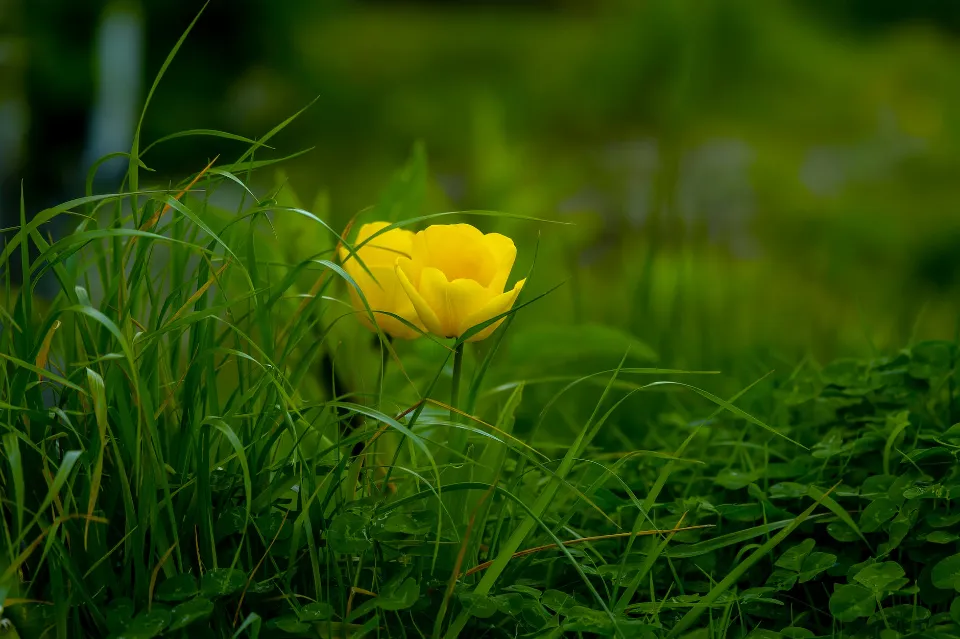
Conclusion: When is the Best Time to Fertilize
In addition to the season, the time of day matters when fertilizing. Fertilize early in the day when it is still cool and the grass is slightly damp from dew but not wet. The grass must be dry enough when you apply the fertilizer that the granules will fall between the blades of grass and onto the soil and won’t cling to the blades, otherwise it can lead to fertilizer burn.1
Keep an eye on the weather forecast, because the fertilizer should be watered in within a day or two of application. Fertilize before it rains; ideally, a slow, steady rain, not a heavy downpour that would wash the fertilizer away and cause it to end up in storm drains and streams and contaminate waterways. In the absence of rain, it is recommended to water the lawn with at least a quarter inch of water after applying fertilizer.
FAQs
What is the Best Time to Fertilize Your Lawn?
The most crucial season for fertilizing your lawn is the fall. Roots are currently growing. Fertilizing the lawn in the fall is highly recommended. The majority of a lawn’s root system will develop during this season because the grass is currently hungry.
How Many Times a Month Should I Fertilize?
A quick-release fertilizer can be used by vegetable gardeners about once per month, or a slow-release fertilizer can be used about once per season. Every one to two weeks, some gardeners prefer to feed their flowers and plants with a liquid-soluble plant food.
Can I Fertilize My Lawn Every 2 Weeks?
It is not advised to apply fertilizer every two weeks to prevent overfertilizing. Fertilizing as frequently as every two weeks is probably going to cause issues like lawn burn, excessive grass growth, and polluted water that can encourage the growth of toxic algae.

